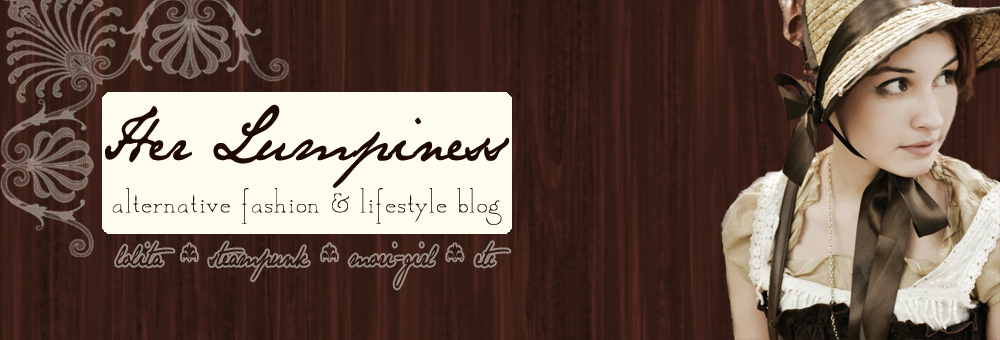I have this terrible habit of losing everything I own, and makeup is no exception. While I've been seeing tutorials for fixing broken pressed powder makeup around the internet for ages, I didn't have much reason to use it, as it's rare that I drop or break my own makeup. Then this week I was browsing Target's clearance makeup section, and had a revelation: much of the makeup in these sections are still perfectly good and fashionable, but have been dropped and broken by other patrons and therefore no longer deserve their initial price tags, despite otherwise being perfectly good and unused. I found a Pixi palette that I love, but which had two shattered shadows in it. I rolled up my sleeves, and decided to expand my arsenal of budget makeup skills by fixing the palette and scoring a $12 product on clearance for $3 and a little elbow grease!
The premise of this craft is that a powder eyeshadow mixed with liquid will turn into a malleable goop that can be molded back into its original shape. Water would take too long to dry or compromise the integrity of the powder, but rubbing alcohol evaporates after a short period, leaving the newly-formed solid makeup in whatever shape you mold it into. The makeup is now solid and good as new!
Fixing a broken makeup palette
You will need:
- Small, blunt tool: I cut one head off a cotton bud/Q-tip, but you could use a toothpick or the end of a makeup brush, depending on the size of your palette. The smaller it is, the smaller your tool should be
- 70% isopropyl alcohol: This is the type that all of the tutorials I saw online used, so I'm not sure if other concentrations will work as well as this one, or better
- Broken pressed powder makeup, obviously!
- Thin plastic wrap
- Optional, but recommended: angled makeup brush
- Completely optional: small spatula/butter knife for smoothing the top (I just used the flat side of my headless Q-tip)
- Completely optional: small eye dropper
Next, mix in the isopropyl alcohol a few drops at a time. I just poured a small amount into the cap and used that to drip the alcohol into the powder, but if yo
u have an eyedropper handy it's probably much easier and more efficient to use that.
u have an eyedropper handy it's probably much easier and more efficient to use that.
Stir the powder and alcohol together so that the powder is completely saturated. Make sure you get into the corners, and be careful - for me, making sure that the powder stayed in its little container within the palette was one of the hardest parts of the entire process!
Once the two substances are completely mixed comes the other hardest part: smoothing the goop over. I used the side of the Q-tip, like I said above, and gently ran it over the top, making sure to apply slight but even pressure over the whole thing. When I was done, I used my angled eyeshadow brush to squish any particles back into place which may have been moved by the Q-tip.
Now that it's mostly smooth, I used the plastic wrap (I used super thin stuff that I cut from a produce plastic bag - it seemed like it was probably twice as thin as regular plastic wrap you'd use for wrapping up leftovers, and that was really helpful, so I'd say the thinnest plastic you can find would probably be good, as long as it's food-safe!) to smooth it out even further. I gently covered the goop so the plastic was just barely touching all of it, and then slowly and gently dragged it all the way across toward the edge of the plastic. Once it was at the edge, I continued dragging it all the way off - if you just pull it off regularly, it could mark up the beautiful smooth goop with craters, which are definitely not what you're going for! This was the most frustrating part for me, because I don't have very steady hands (SO MUCH CAFFEINE), so I had trouble applying even amounts of pressure and moving slowly and gently enough over the surface.
Using the still-in-tact head of your cotton swab and/or your angled brush, clean the loose powder off of the rest of your palette so it looks shiny and new!
For me, the final step was using my angled brush again to slightly angle the edges so it looked a bit more like the other shadows in the palette, but at this point it took me so long to smooth it out that I didn't want to mess it up and have to start over again because I was angling them too much. It's a tad more obvious in the topmost white powder in the palette, which was also broken when I bought it and which was my test run of this whole process.
Tada! Your once-broken palette is almost as good as new. As you can see, a great budget makeup shopping tip that applies to makeup fanatics of all denominations (lolitas included!) is to buy broken palettes from the clearance section and fix them yourself! You could also try mixing multiple shades of broken powders together to make your own custom colors: imagine an iridescent blush made of your favorite pink with a white or peach highlighting color, or one with your favorite subtle bronzer mixed with a blush - there are so many possibilities!
Anyway, I hope this helps you get more mileage out of your beauty budget, so you can put all that money you're saving into new brand (or offbrand!) Let me know if you try this out, okay? ♥









